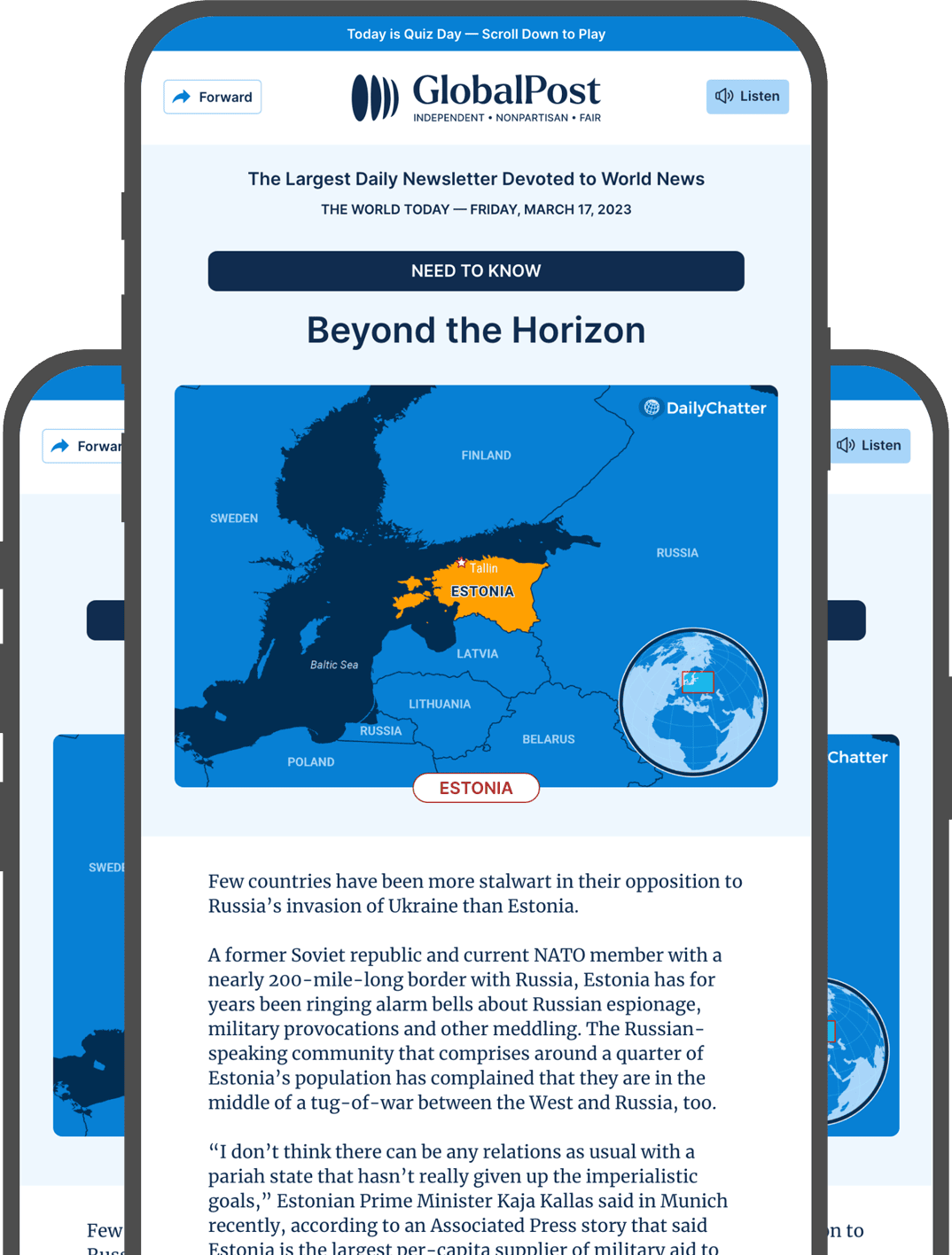When the Girders Weaken

When a concrete canopy at the main rail station of Novi Sad city collapsed last November, crews jumped into action to clear away the rubble, politicians vowed investigations, and the loved ones of the 15 people killed were left shocked and grieving.
No one predicted then that this tragic accident would set off the most serious threat to the decade-long rule of Serbian President Aleksandar Vučić. And yet it did.
First came the thousands of students with their signs announcing that “corruption kills,” referring to the questionable contracts given by allegedly corrupt and nepotistic ministers to Chinese companies, which had already refurbished the structure twice in the four years since reconstruction began.
Then came the thousands of parents, teachers, actors, farmers, and lawyers, upset at the heavy-handed crackdown by the government that included beating, arresting, and kidnapping protesters, publishing their private details in state-run media outlets, installing spyware on activists’ and journalists’ phones, and making menacing visits to their parents’ homes in a pressure campaign to get the demonstrators to go home.
As a result, now many who haven’t actively joined the protesters are helping them: Taxi drivers are donating free rides, stores, and restaurants are providing food and supplies, and farmers are bringing tractors to the demonstrations to protect protesters. The country is now experiencing major disruptions of workplaces, schools, universities, and roads as the work stoppages and protests have become a part of daily life across the country.
On Friday, a nationwide strike closed down hundreds of businesses including restaurants, bars, theatres, bakeries, and stores, and drew tens of thousands into the streets throughout Serbia, RFL/RE reported. The president held a counter rally on Friday in the central town of Jagodina with thousands of his supporters. Meanwhile, a car rammed into the anti-government protesters in the capital, injuring one, the Associated Press reported.
Initially, the protests called for a transparent accounting of the accident and justice for the victims. Now, the tens of thousands of demonstrators on the streets daily are calling for a general strike, the state-controlled public broadcaster to report fairly and stop their smear campaigns, and for the government to step down.
“It is time for a new era,” Professor Ljubica Oparnica of the University of Novi Sad told Serbian independent broadcaster, N1. “Change is coming.”
The government is defiant, calling the demonstrators “foreign agents,” and accusing them of threatening the “constitutional order,” a charge usually reserved for those involved in armed insurrections. “Foreign actors are behind all this, coming from several Western countries,” said Vučić. “We know this for sure.”
At his rally on Sunday, Vučić announced the upcoming formation of a nationwide political movement in the style of Russian President Vladimir Putin’s United Russia movement to help ensure the dominance of his right-wing Serbian Progressive Party.
Meanwhile, violence against the protesters is escalating even as the student protesters say they are equally determined and won’t back down. “I can’t imagine us leaving the blockades without seeing our demands met,” protester Ana Đurić told Deutsche Welle. “This is undoubtedly a turning point. It’s the beginning of the end.”
Some say Serbia is at a crossroads and has been moving toward this point for some time – it has been seeing regular mass protests break out over elections, mines, and other issues since 2016. This camp believes the government is weakening and may collapse.
“The government tried to react to the protest in the usual way through a mixture of intimidation and diverting attention … (and promising) financial support for students who want to buy flats,” Marta Szpala of the Center for Eastern Studies in Warsaw, wrote in New Eastern Europe magazine. “Usually this has worked but not this time,”
“It is hard to predict how the situation will evolve but the protests revealed the huge scale of social discontent,” she added. “They have also created new networks of cooperation … (and) united the people demanding change. The regime will never again be as strong as it once was before.”
Others believe the protesters will tire and eventually go home – until the next trigger.
Now, Vučić and his ruling SNS have been trying to make concessions, say observers. The government has arrested 13 people in connection with the accident, including the former minister in charge of construction at the time, reported Balkan Insight.
Also, the president recently proposed an “advisory referendum” on his presidency, which was rejected by the opposition as non-binding. Instead, it wants a transitional government that will usher in free and fair elections. The SNS has dismissed the idea.
It’s a growing standoff. Now many wonder who’ll blink first.
“For Serbia, the current protests represent a critical juncture in the country’s future,” Balkan analyst Zoran Ivanov wrote in Daily Sabah. “The government’s ability to address protesters’ demands – or its failure to do so – will profoundly affect its legitimacy and the country’s trajectory toward democracy and prosperity.”

Subscribe today and GlobalPost will be in your inbox the next weekday morning
Join us today and pay only $46 for an annual subscription, or less than $4 a month for our unique insights into crucial developments on the world stage. It’s by far the best investment you can make to expand your knowledge of the world.
And you get a free two-week trial with no obligation to continue.
